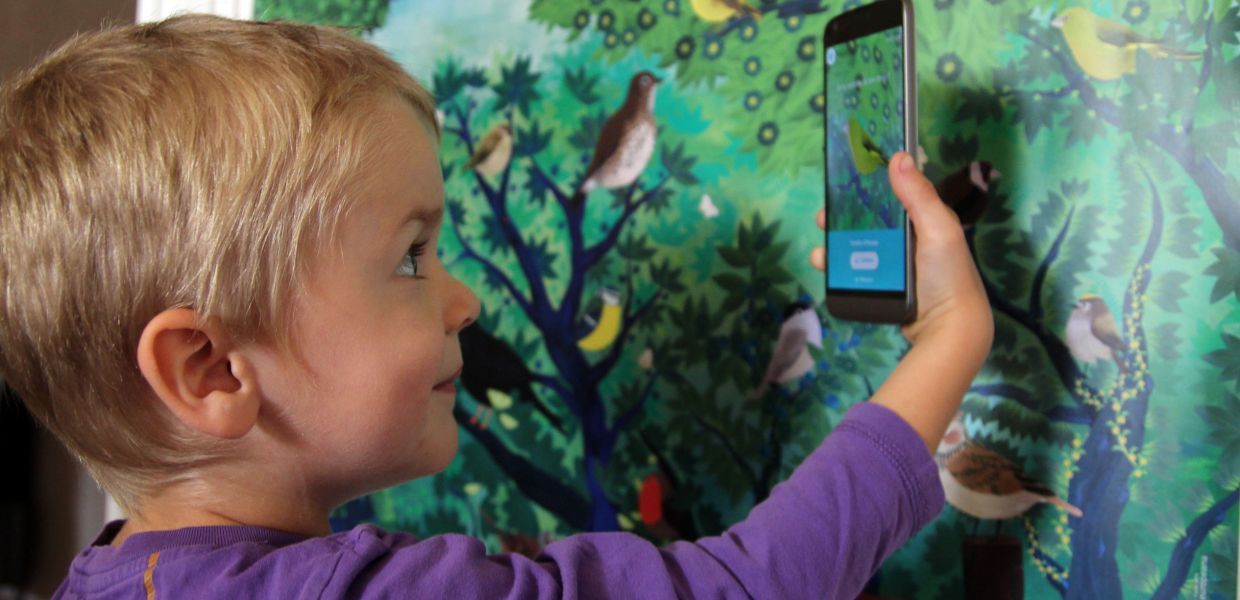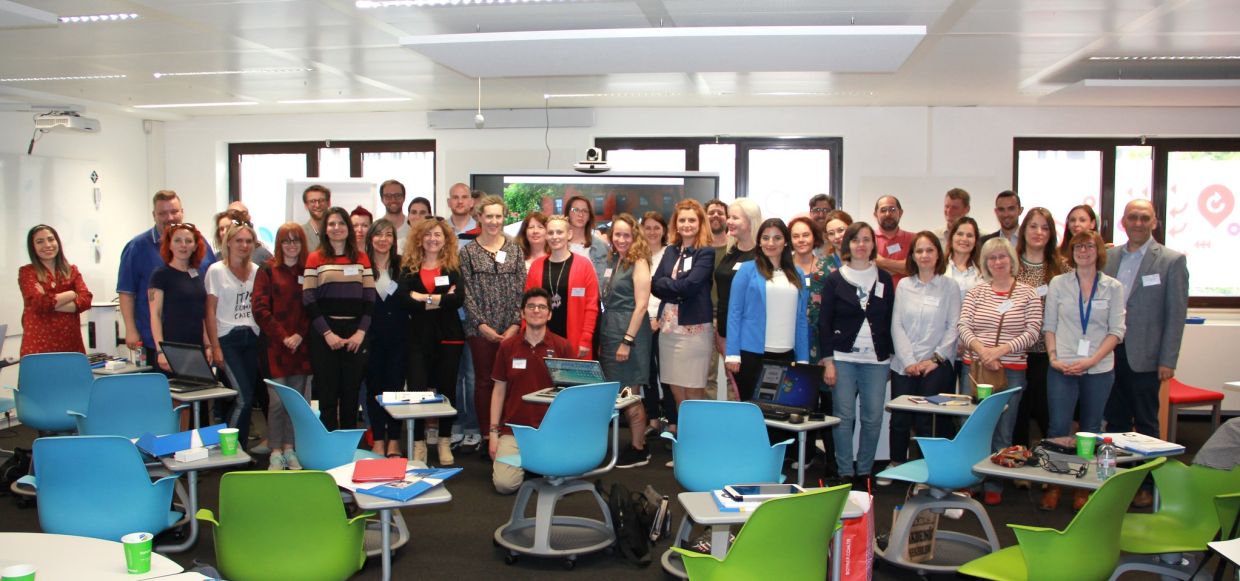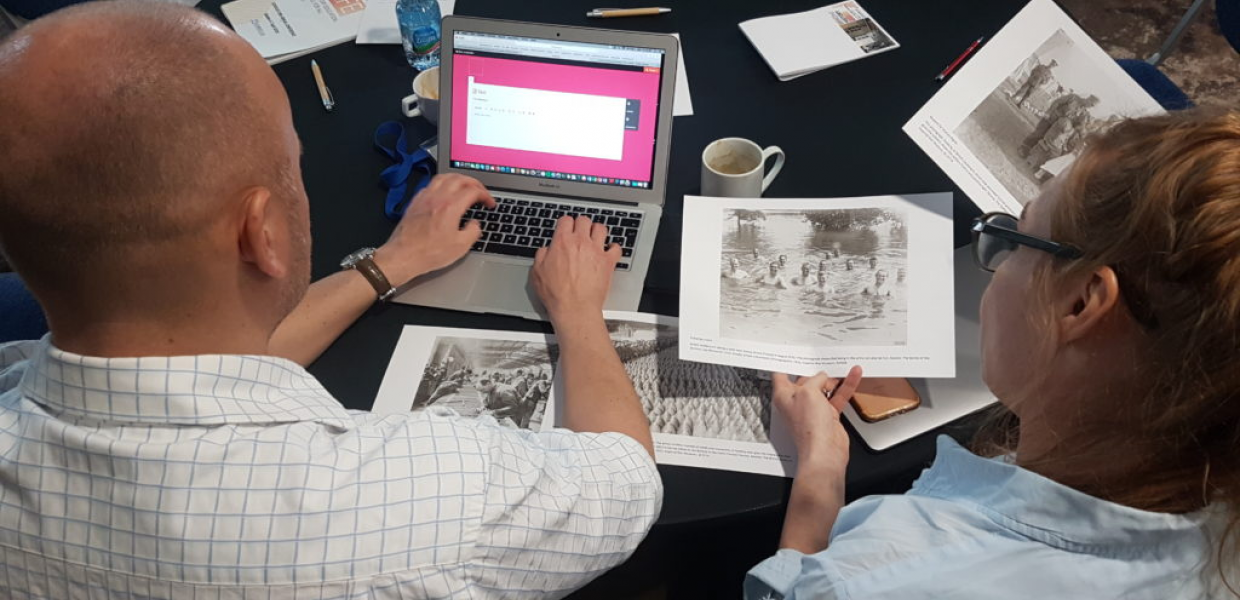A school year with Europeana
In June 2019, our editorial campaign A school year with Europeana put a spotlight on how the education community has been integrating digital culture into the classroom over the last academic year. We published four teachers’ interviews as well as two articles about our collaborative projects with European Schoolnet (EUN) and Euroclio.
Here, we recap the most important highlights.

- Title:
- Child playing Birdie Memory at Fête de la Nature, Paris
- Date:
- circa 2018
- Copyright:
- CC BY-SA


.jpg)

